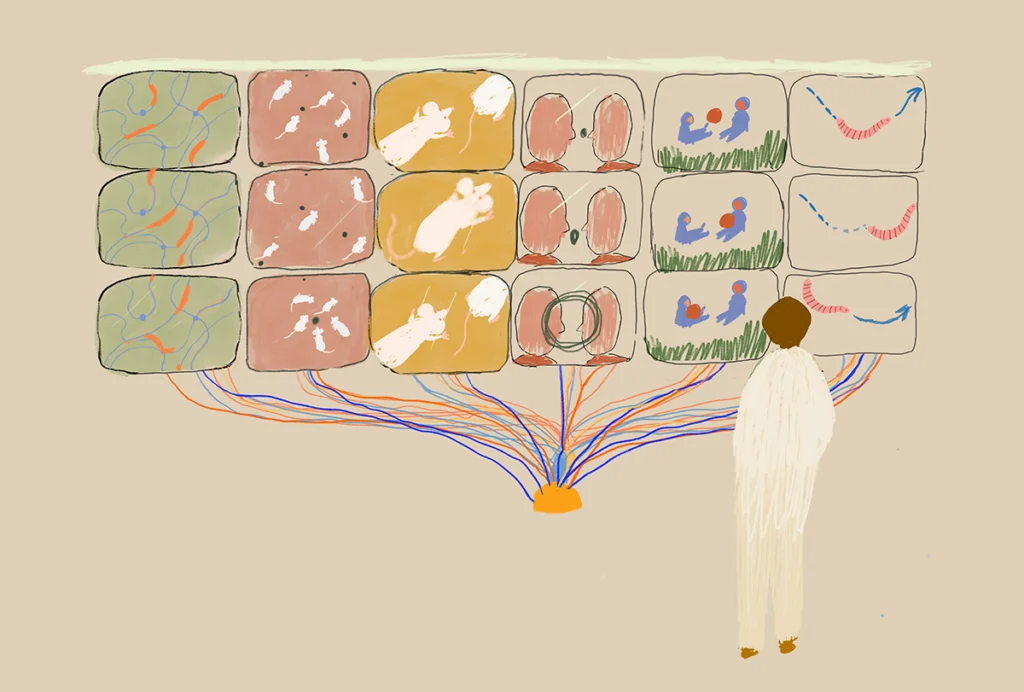How do we design more nimble diagnostics?
How can we design cheaper, faster diagnostics that are as reliable as the gold-standard tools?

Despite researchers’ attempts over the past decade to create more efficient screening checklists and parent questionnaires, a comprehensive review confirms that the two gold-standard tools for diagnosing autism — the Autism Diagnostic Observation Schedule (ADOS) and the Autism Diagnostic Interview-Revised (ADI-R) — are the most reliable.
Read our coverage of the study here »
Nevertheless, cheaper, faster diagnostics could vastly improve early detection of autism, especially in areas that lack access to suitably qualified pediatric care.
What do you think?
- What’s the key to designing less resource-intensive diagnostic tests that approach the reliability of the ADOS and ADI-R?
- How might emerging technologies, such as new online tools, help bridge the gap?
Share your thoughts in the comments section below. Or, to dig deeper, continue the conversation in the moderated SFARI Forum for researchers. Not yet a member? Learn how to register here.
Follow us on Twitter: @SFARIcommunity
Explore more from The Transmitter

Neuroscience needs a research-video archive

Inclusivity committee disbands in protest at Canadian neuroscience institute
